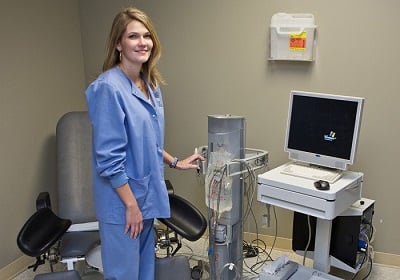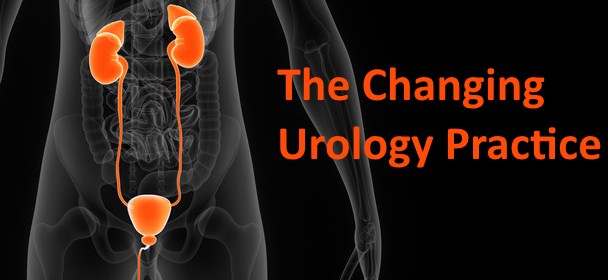Patients that do not show up for their appointments are a major problem in healthcare. Not only do these no-shows prevent other patients from scheduling appointments, but they put their own health at risk. Frustratingly, they also cost medical practices money, as an absent patient also represents a lost opportunity for revenue – up to $300 per missed appointment. There are many factors that affect no-show rates, including travel time to the doctor’s office. Here, the solution to the all too common problem will be discussed.











